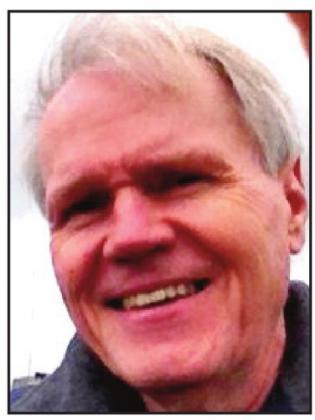TV Shows That Shaped Us
Television in the 1950's and 1960's was far different from the formats we watch today. The weekday shows most of my friends remember were situation comedies. During the weekends - especially on Saturday mornings - the entertainment was mostly action/adventure fare.
A significant part of Baby Boomer television was a "values" component. The comedies often communicated a lesson about honesty, integrity, or treating others with respect. The main character often learned something.
Let's look at a few of these shows - both comedies and dramas - and examine their themes:
1. Gunsmoke - This western featured U.S. Marshal Matt Dillon and deputy Chester, along with an attractive lady saloon owner and Dodge City's physician. One of the bestwritten shows in the history of the medium, it began in the 1950's and continues today in reruns. The main characters were highly motivated and tried their best to protect their community from some really bad guys.
2. The Real McCoys - Walter Brennan as Grandpa Amos headed this sitcom about a multi-generational California farming family. Grandpa often passed family values and lore along, but occasionally learned something useful from the young folks, too.
3. Father Knows Best - This comedy about a middle-class American family featured Robert Young as the father and Jane Wyatt as the mother. Their three children Betty, Bud, and Kathy frolicked through age-appropriate school adventures. Some people believe this show excelled at depicting life and values in the 1950's.
4. The Jack Benny Show and The Red Skelton Show - These variety programs - led by two of the world's finest stage comedians - offered both skit comedy and guest stars. Some Baby Boomer actors say they were especially influenced by Jack Benny's sketches, where Jack often played the guy feeding straight lines to others who would reply with a joke.
5. Annie Oakley - This Saturday morning western star, along with Dale Evans in the Roy Rogers Show, presented ladies as powerful heroes. These may have been the first TV programs to show women in leadership roles.
These are only a few of the programs which communicated American societal values to impressionable youngsters. (There are others we'll discuss in detail at a later time.)
So...what points did these five shows share? They reminded viewers that (a) good can triumph over evil, (b) clean comedy can be very funny, (c) TV viewers of that period enjoyed shows that solved problems, (d) every generation's got something to share with those who come before and after it, and (e) both genders can become leaders.

